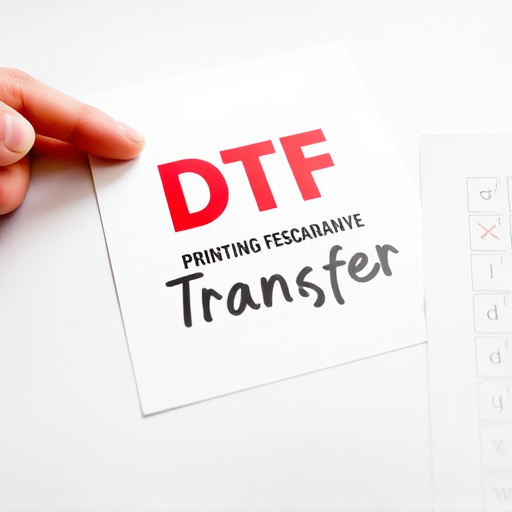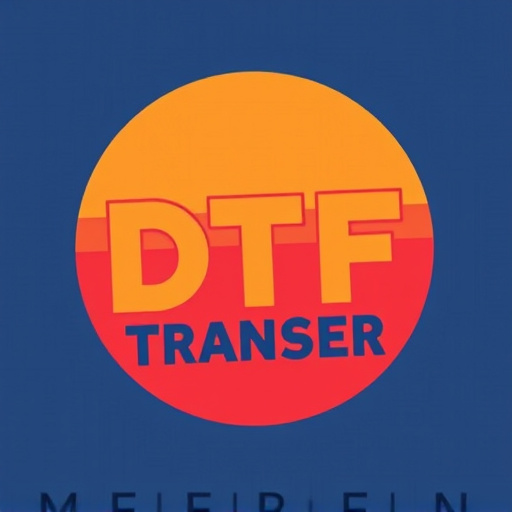Direct to Film (DTF) transfer printing is a cutting-edge technique offering swift, high-quality production of intricate designs on diverse materials. This modern method emulates painting with light, creating vibrant colors and fine details on textiles, plastics, and more. DTF's benefits include efficiency, versatility, and compatibility with various substrates, making it ideal for on-demand custom prints in fashion, signage, and promotional products. The process involves preparing high-res digital art, transferring it to special film using advanced machinery, and carefully cooling the transfer for precise application. Meticulous care is required in film preparation, exposure adjustment, and cooling to ensure optimal DTF print quality, with proper removal and subsequent treatments enhancing durability.
“Unleashing the potential of digital printing with DTF (Direct to Film) transfer technology, this comprehensive guide dives into the intricate world of precision and efficiency. From understanding the fundamentals of DTF transfers to exploring their diverse applications, we offer a concise overview. Discover the step-by-step process behind creating high-quality DTF prints, optimal film preparation techniques, and crucial cooling considerations for flawless results. Post-cooling removal and further processing are also covered, ensuring you master every aspect of this cutting-edge technology.”
- Understanding DTF Transfer: A Quick Overview
- The Process of Creating DTF Prints
- Benefits and Applications of DTF Technology
- Preparing Films for Optimal DTF Transfer
- Cooling Considerations: Ensuring Successful Results
- Post-Cooling Removal and Further Processing
Understanding DTF Transfer: A Quick Overview
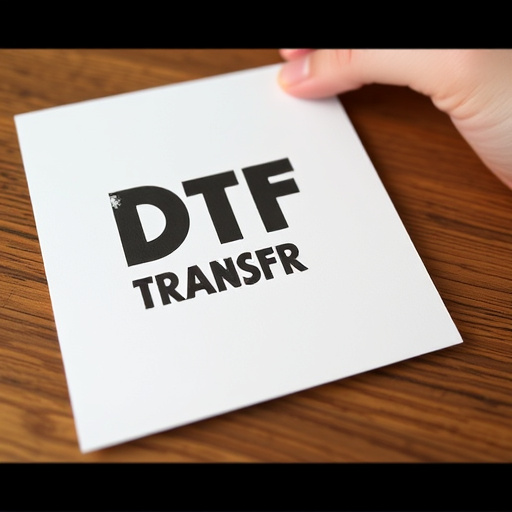
A DTF (Direct to Film) transfer is a cutting-edge printing technique revolutionizing the way we create and reproduce designs. This innovative process allows for high-quality, precise prints directly onto various materials, such as textiles and plastics. In simple terms, it’s like painting with light, where intricate patterns are exposed and transferred through specialized equipment. The DTF method offers a faster, more efficient alternative to traditional printing methods, making it a favorite among professionals in the print and design industries.
DTF Printing provides an array of benefits, including vibrant colors, fine detail reproduction, and the ability to work with diverse substrates. This technology is particularly useful for creating custom prints on demand, as it offers quick turnaround times without compromising quality. Whether for fashion, signage, or promotional products, DTF Prints ensure exceptional results, making them a sought-after option in today’s fast-paced market.
The Process of Creating DTF Prints
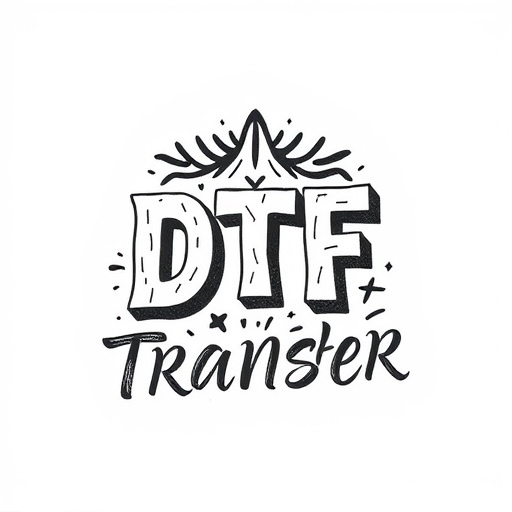
The process of creating DTF (Direct to Film) prints involves a sophisticated technique that combines technology and artistry. It starts with high-resolution digital art or images being prepared for printing, ensuring optimal quality and detail retention. This preparation stage is crucial as it determines the final output’s clarity and precision. Once ready, the design is transferred onto a special film using advanced printing machinery, producing precise patterns and colors.
Unlike traditional printing methods, DTF transfers are intended for removal after cooling completely. This unique aspect allows for versatile applications, such as custom signage, promotional materials, and even art installations. The film acts as a temporary carrier, enabling easy application and removal, making it a popular choice for projects requiring flexibility and precision in design implementation.
Benefits and Applications of DTF Technology

The Direct to Film (DTF) transfer technology is transforming the printing industry, offering a host of benefits for various applications. One of its key advantages is speed and efficiency; DTF allows for direct printing onto film, eliminating the need for intermediate steps, thus reducing production time significantly. This makes it ideal for short-run or custom print projects where rapid turnaround times are essential.
DTF technology finds its utility in diverse fields, from signage and advertising to garment printing and even 3D printing applications. It enables high-quality, precise prints on a range of materials, including vinyl, fabric, and ceramics. The direct film transfer method ensures consistent results, vibrant colors, and long-lasting durability, making it a preferred choice for creating visually appealing and long-lasting DTF prints.
Preparing Films for Optimal DTF Transfer
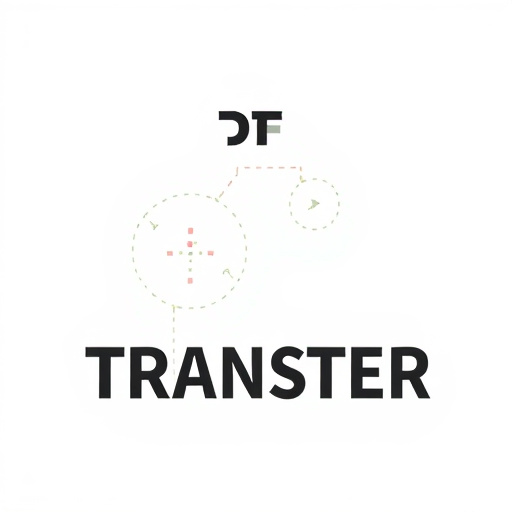
Preparing films for a Direct to Film (DTF) transfer is an art that ensures optimal results. The process begins with careful consideration of the film’s condition; it must be in excellent shape, free from any scratches or debris, to achieve high-quality DTF prints. Cleaning the film thoroughly is crucial, using specialized solutions and techniques to remove any residue or contaminants. This meticulous step is vital for a successful transfer, ensuring every detail is accurately replicated onto the final print.
Additionally, the film’s exposure needs precise adjustment. Proper exposure ensures that the DTF transfer captures the intended colors and contrast accurately. Film technicians use specialized equipment to set the optimal exposure time, creating a negative that will yield crisp and vibrant DTF prints when processed correctly. This attention to detail in preparation sets the stage for an exceptional DTF transfer process, resulting in stunning visual representations on film.
Cooling Considerations: Ensuring Successful Results
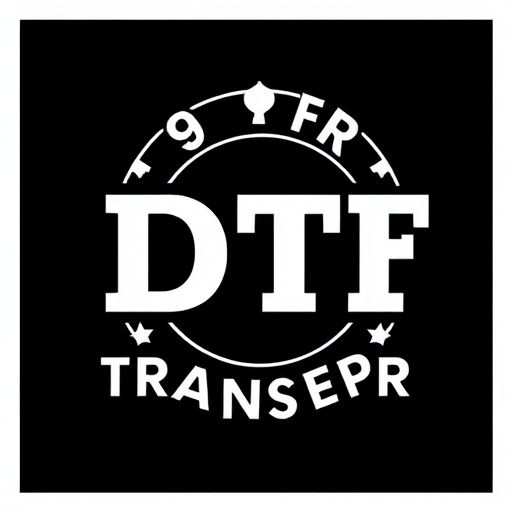
When conducting a DTF (Direct to Film) transfer or print, proper cooling considerations are paramount for achieving successful results. The process involves heating a material to a specific temperature to ensure it adheres to the target surface before slowly and carefully cooling it down. This delicate balance is crucial as rapid or uneven cooling can lead to warping, bubbles, or other defects in the final DTF prints.
For optimal outcomes, it’s essential to maintain a controlled environment during the cooling phase. This includes using suitable cooling materials like silicon mats or paper, setting appropriate temperature profiles, and allowing enough time for the material to stabilize before handling or further processing. By carefully navigating these factors, you’ll ensure high-quality DTF prints free from common issues, enhancing the overall effectiveness of your transfer process.
Post-Cooling Removal and Further Processing

After a film transfer has cooled completely, the next step is carefully removing it from its substrate. This process requires precision and care to avoid damaging the delicate DTF (Direct to Film) transfer or print. Once removed, DTF transfers can be further processed for enhanced durability and aesthetic appeal.
Further processing options include laminating the DTF prints to provide an extra layer of protection, ensuring their longevity and vibrancy. This step is especially important when displaying or using the transferred images in environments with potential exposure to moisture or dust. Additionally, post-cooling removal allows for easy editing or retouching of the transfer if needed, making it a versatile stage in the DTF printing workflow.







